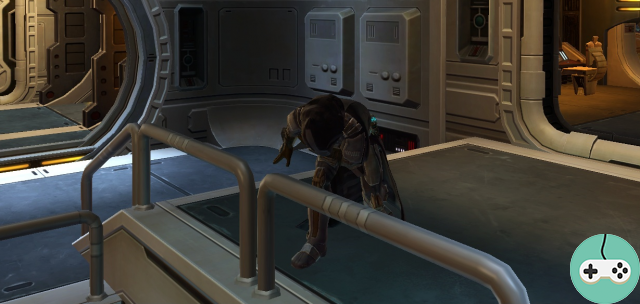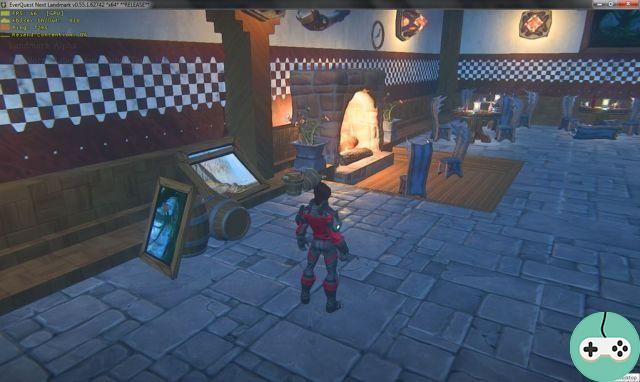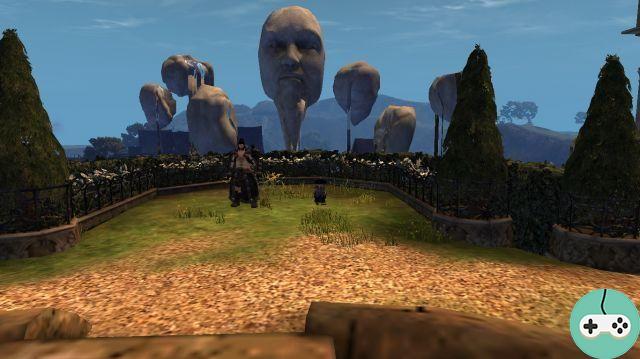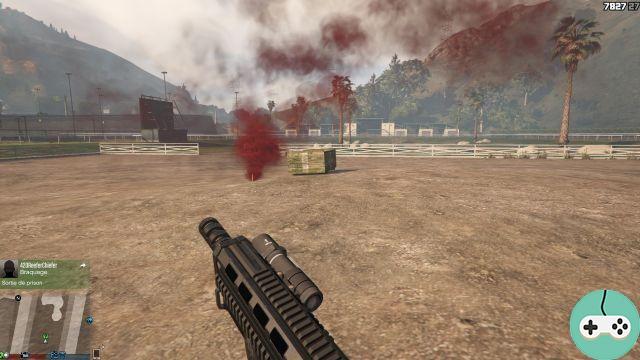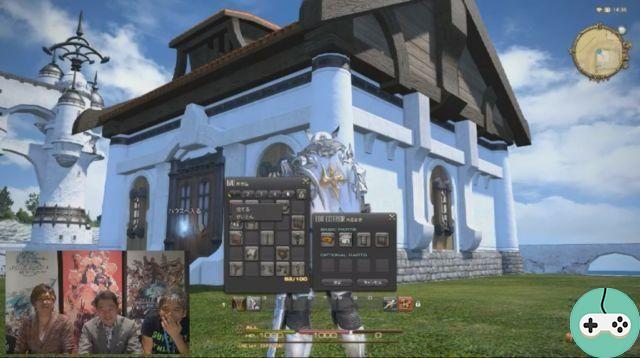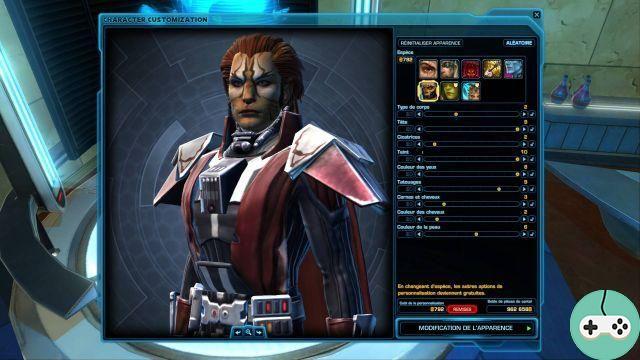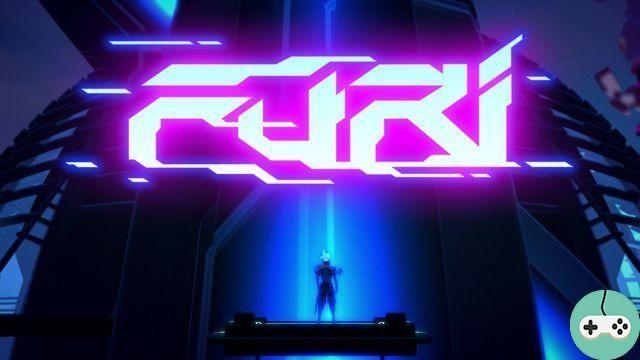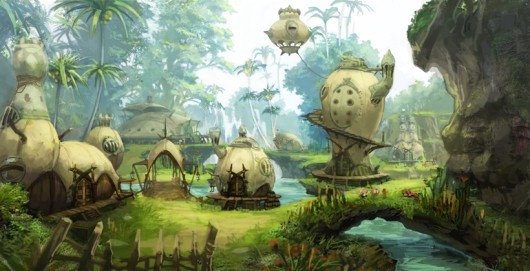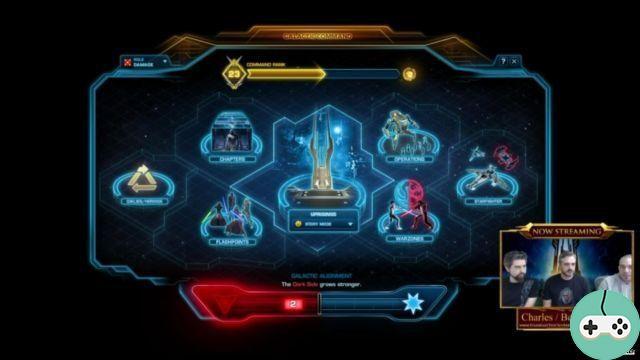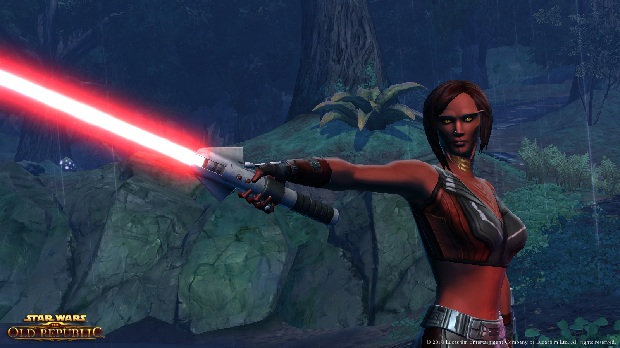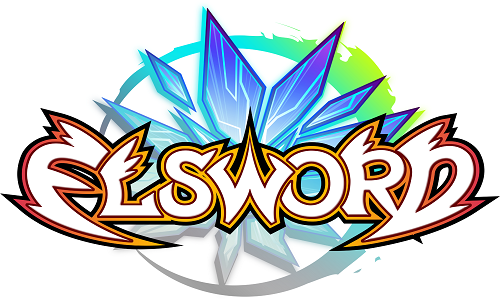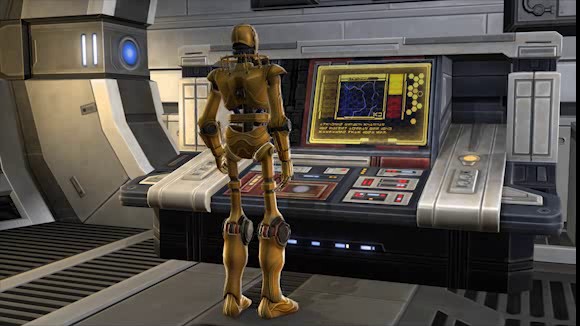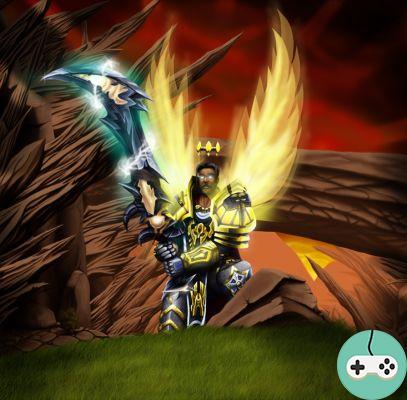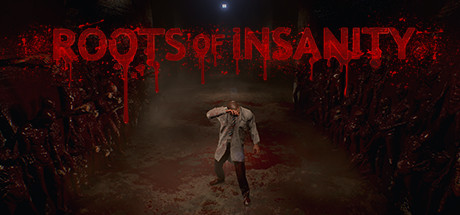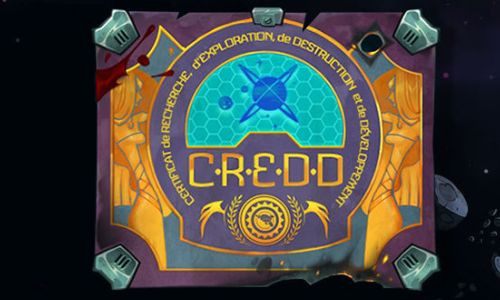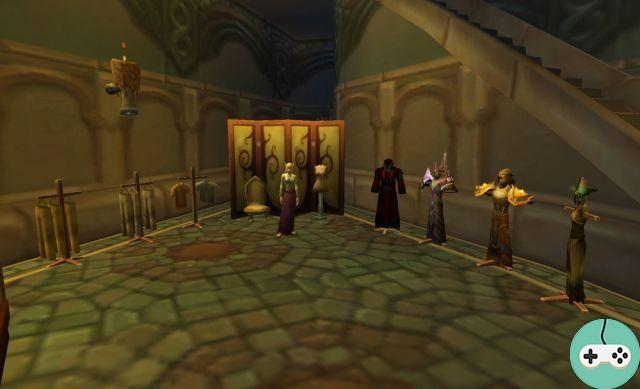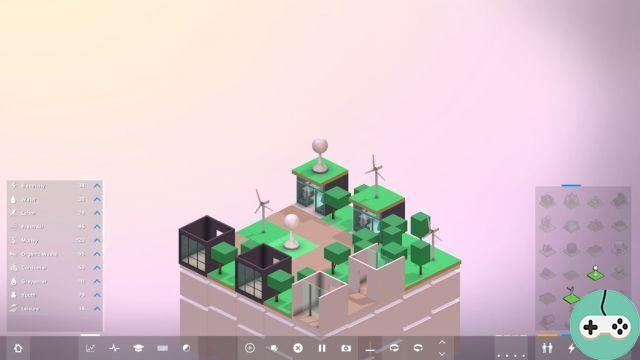
Block'hood is a neighborhood construction simulator, between a SimCity and a SimTower. With its very serious appearance and its side very involved in ecology and eco-urbanism, it could even be categorized as a "serious game".
In order to prepare us for a good start, the game offers us ten simple missions as a tutorial. They will allow you to understand the basics of the game which take up a fairly well-known principle: nothing is lost, everything is transformed. For example, the small tree consumes one unit of water and produces one unit of fresh air and two of recreation. The tutorial introduces us to the basic buildings:
- solar panels or wind turbines to produce electricity, a well or a water tank for water (these buildings have the advantage of not requiring anything in entry).
- apartments to accommodate different types of residents: workers (small apartment), buyers (large apartment) ...
- leisure places such as games for children, a shop, a café, a terrace ...
- trees for fresh air and recreation (of different sizes).
- urban elements to link buildings together (necessary for them to enter the system) and to colonize the floors (elevator, staircase, etc.).


In the Challenge mode, depending on the missions, certain elements are blocked, with each challenge, you must therefore relearn how to make your living space survive with what is on offer, while thinking carefully about what each one asks for as an input and on exit (because a building without the necessary entry elements will not work and will self-destruct after a few minutes of play). It will therefore be necessary to juggle several dozen different blocks for the ecosystem to function, achieving a balance between production and needs. The challenge mode currently has 12 missions, with progressive difficulty to improve your mastery of the game a little more each time.


I mentioned at the beginning of the article the influences of SimCity or SimTower, this concerns in particular the maximum size of the card: 20 on the side for a height of 20. This may seem reduced at first glance, there is however already largely enough to do with more than 700 poseable objects. To be able to place all these blocks in a small space, you have to quickly aim for heights and do with the camera. It is not free but adjustable according to a rotation by quarter, either with keyboard shortcuts, or with buttons in the interface. It is also possible to zoom in / out and adjust the height at which it is located.
Different information is displayed to give information about the buildings: state of deterioration, level of production, access data (if the buildings are well connected) and structural data.



By passing the mouse over each building in inspection mode, different information is displayed at the bottom left and shows the state of the building: deterioration, synergy (climbs by posing next to elements that improve its efficiency), production level and inputs / exits. An item in red indicates a malfunction.


The advantage is that once the balance has been found (and therefore everything is in green in the analyzes), there is not much to do and the neighborhood lives in autarky. This is also a disadvantage because, suddenly, there is not much to do except watch the numbers climb, climb, climb ... The inhabitants are not represented and suddenly nothing happens at all. on the screen apart from the day / night alternation and sometimes rare rains.

For those who just want to have fun with the simulation without thinking about the goals, there is a free sandbox mode where everything is unlocked. Moreover, if you are suicidal, you can very well decide not to do the tutorial or the challenges and to start directly there without any help. Note that in this mode, it is possible to define the size of the game map.
The game is still in Early Access on Steam and benefits from regular updates. New game modes are planned such as Education mode (an extended tutorial taking the player to research current technologies and how they work) and Research (to use the game as a research tool, learning from the creations of players and their interactions). The ultimate goal of Block'hood is to become a community development environment that can be changed and adjusted according to one's creative goals. Modding tools and libraries will be added once the game is over. Thus, different applications could be created, whether for institutions or companies, all with the objective of demonstrating the place of a product in an ecosystem.

No doubt, the simulation is already well developed, it runs smoothly and I haven't noticed any big bugs, but it lacks "fun" and boredom comes quickly. So, several times I left the system running alone, waiting for the objectives to be achieved because I had nothing to do. The destruction and the placement of blocks are not very obvious when the space is well filled, it must be done with meticulousness because a click next to it is quickly arrived (fortunately this does not have too many consequences because creating the buildings does not cost d 'silver).
If you want to try the adventure, the game is available on Steam or on GoG for € 9,99:
More screenshots


















